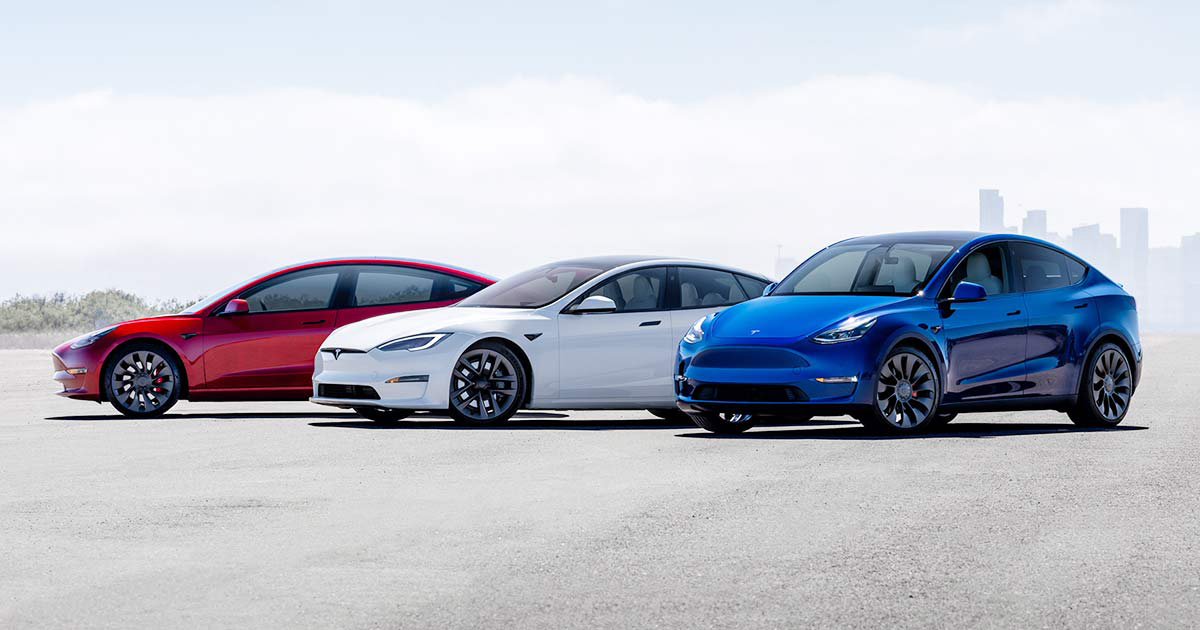
The next four years might be “some of the most uncertain and volatile for product strategy ever,” according to the annual “Car Wars” Bank of America Global Research report released Thursday.
New electric vehicle launches, uncertainty around ICE launches and a challenging macro environment will shape the automotive industry’s product pipeline from 2024 to 2027, the study concludes.
The study predicts EV market share overall will grow significantly as legacy automakers grow their EV offerings.
EV sales in the U.S. could grow from 1.6 million in 2023 to 4.6 million in 2026, with penetration growing from 11 percent to 26 percent over that same period, according to the study.
“Overall, we conclude that ICE dominance is over with 64 percent of powertrain offerings projected to be alternative over MY2024-2027,” the study said.
The EV market might look different by 2026, the study said. As legacy automakers race to produce new EV models, Tesla’s market share could decline from 62 percent in 2022 to 18 percent by 2026.
Ford, General Motors and Stellantis could be the biggest incumbent winners of market share, with Ford growing from 8 to 14 percent, GM from 5 to 14 percent and Stellantis from less than 1 to 8 percent.
The study increased its estimate for U.S. EV penetration by 2030 to 36 percent, an increase it attributes to Inflation Reduction Act incentives.
The study also increased its estimate of the total dollar value of content in a U.S. battery electric vehicle to $34,100 because of substantial raw material cost inflation, which has offset ongoing cost reduction efforts.
Except for batteries, the study found many of the suppliers of EV component systems are the same as Tier 1 suppliers for ICE vehicle component systems.
Overall, replacement rates are near the historical average of 15 percent in model years 2024-25, down from 23 percent last year, but may strengthen in 2026-27 with the launch of high-volume products, the study predicted.
The annual study, published since 1991, assumes that newer vehicles directly drive increases in market share for automakers and thus an automaker with a higher replacement rate has a better chance to increase market share.
Ford and Hyundai and Kia are the best positioned of the large, legacy automakers in terms of traditional replacement rate, the study found, while Stellantis and Honda are the most behind. Many incumbent automakers lag the average replacement rate, which is skewed by new EV entrants and smaller automakers that lead the industry in replacement rate.
New model mix from 2024 to 2027 is expected to be 77 percent crossovers and light trucks and 22 percent cars, according to the study.

